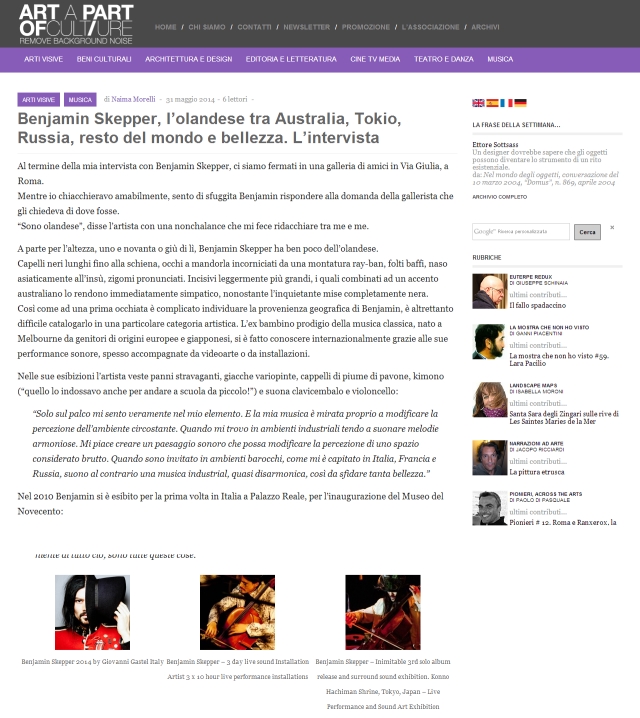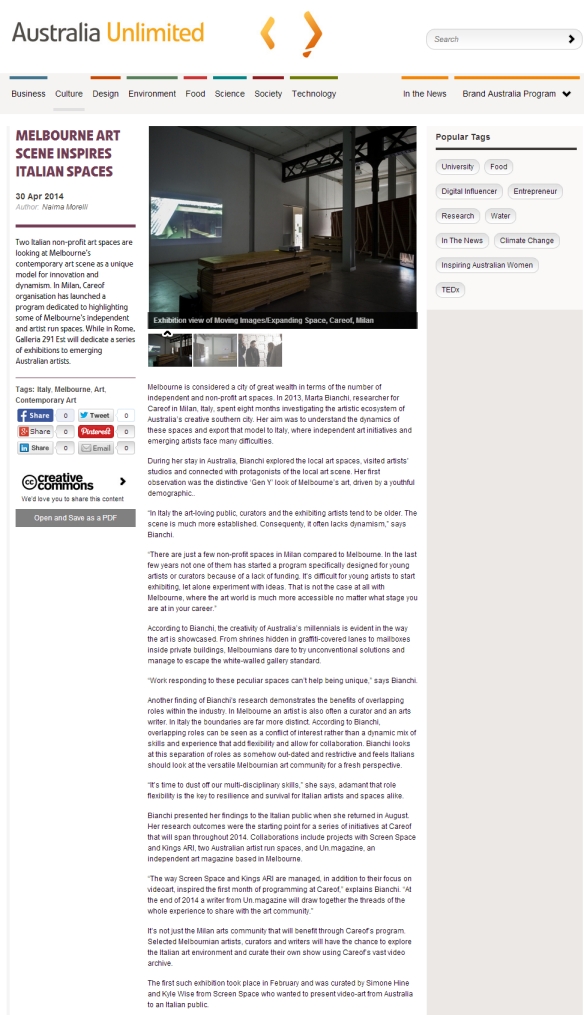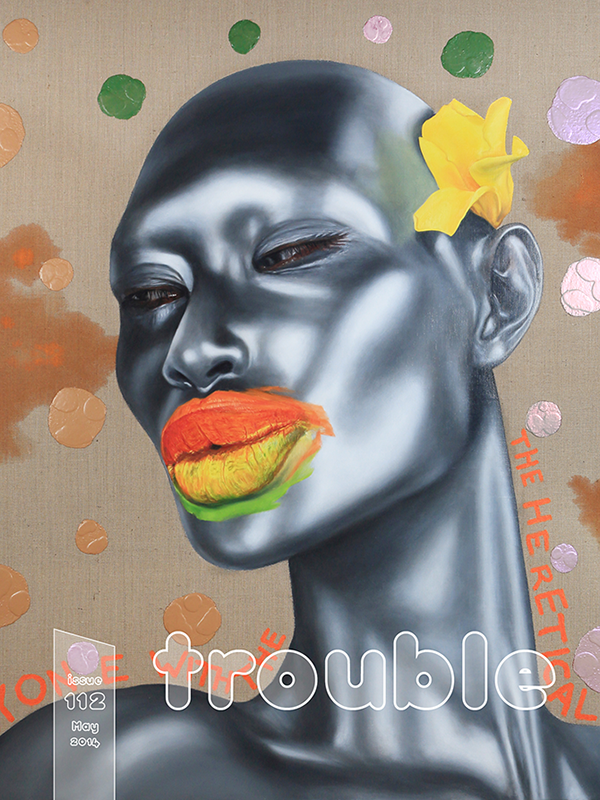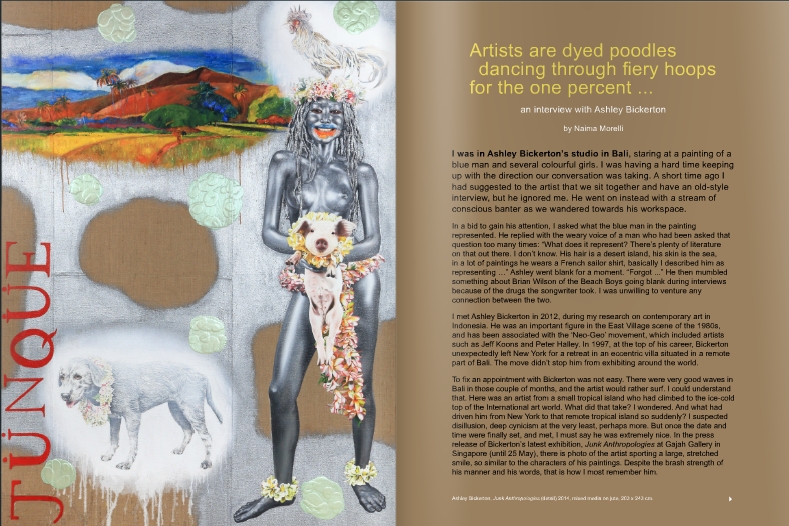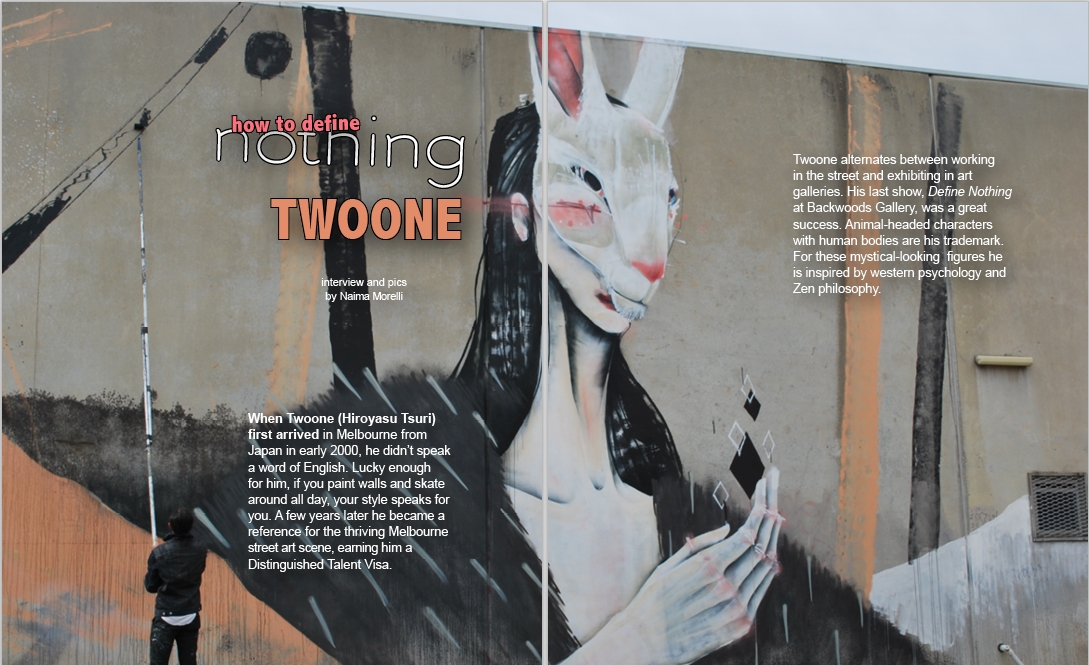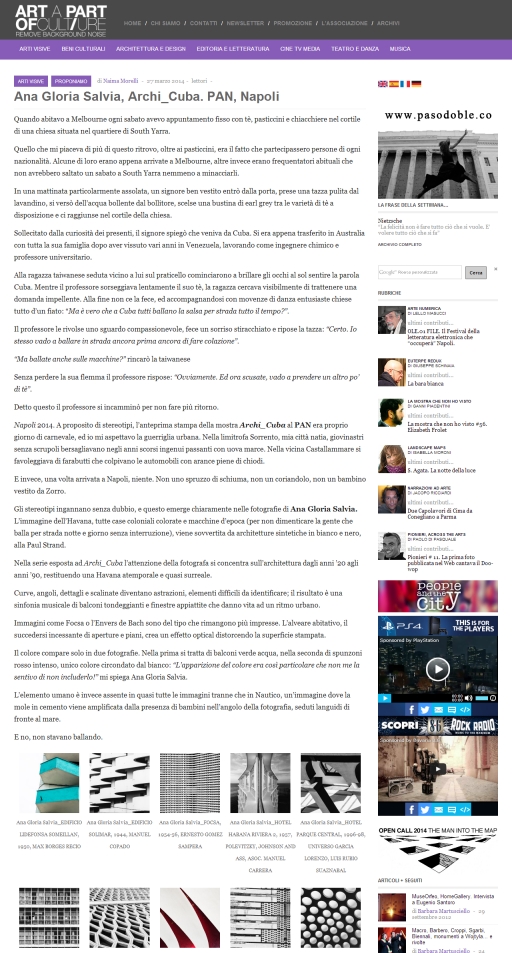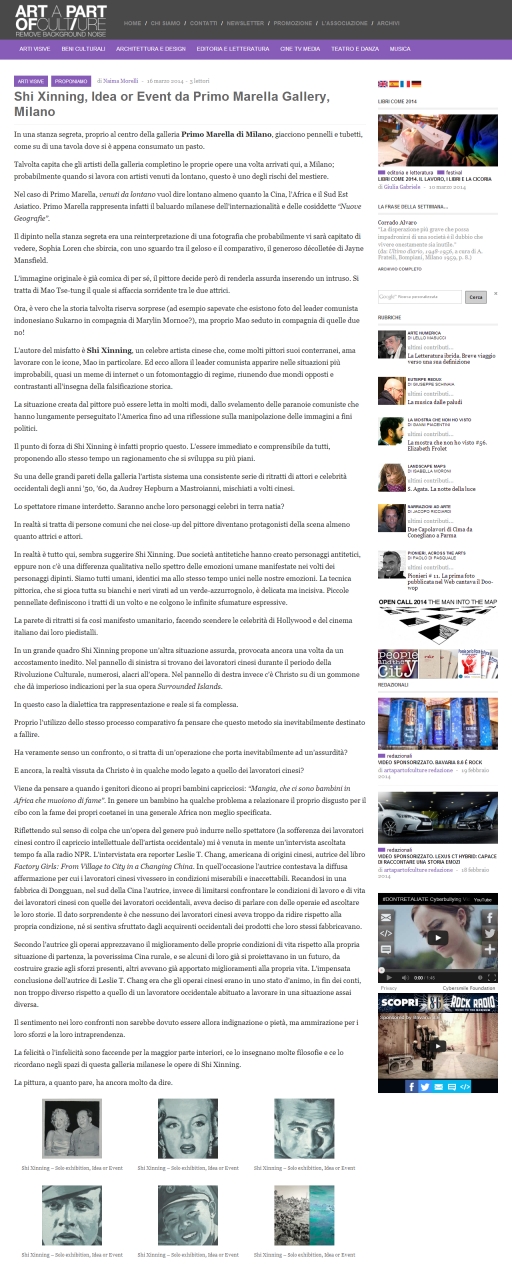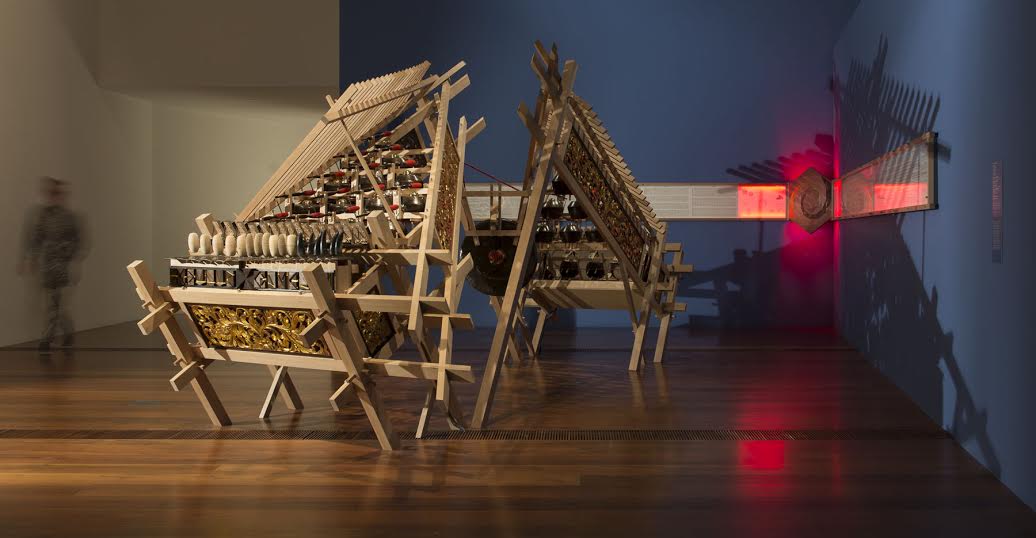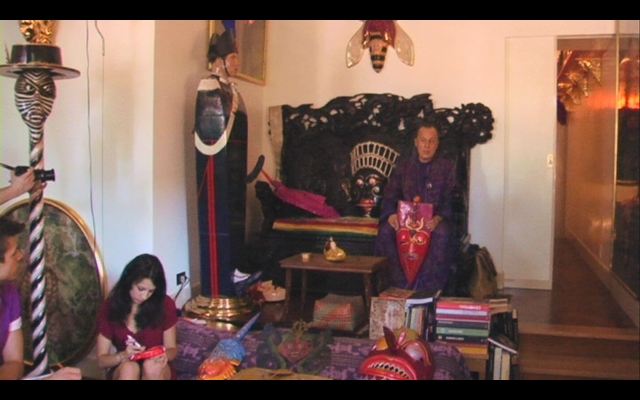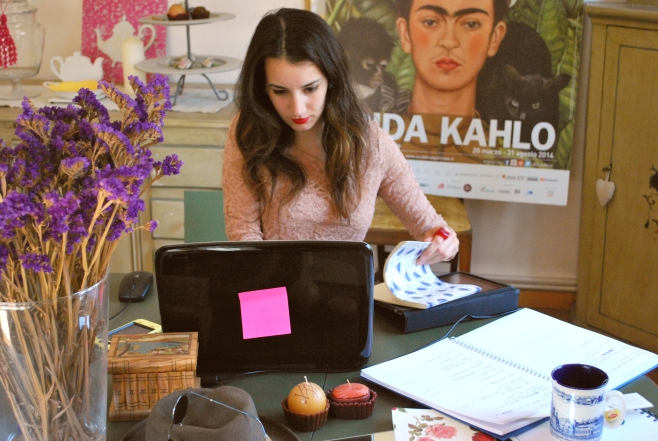
The other day I was reading this interesting interview on Design Sponge to business owner Jess Lively. Jess pointed out that there are four questions everyone should ask themselves before starting a business, or while running it. These question have subconsciously run into my mind all the time, but now I really wanted to put them “on paper”. The answer we give to these questions is ultimately what makes you keep going through a bad day and what can probably stop you making things half heartedly. It is a powerful reminder to do what you can with what you have and not be scared to figure things out along the way. Here my answers; I’m sure many arts writers and curators can relate to.
1. Why are you starting this business?
Because I love writing and connecting with people. What motivates me is a huge curiosity about the world and the human beings inhabiting it. I enjoy hearing people’s stories and retell them through my own writing. I’m usually enriched and energized by a good conversation, and at times also moved. As a journalist and interviewer I always bear in mind the motto: “La vita è l’arte dell’incontro” (Life is the art of the encounter).
Read More